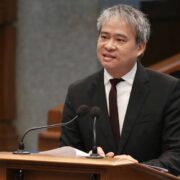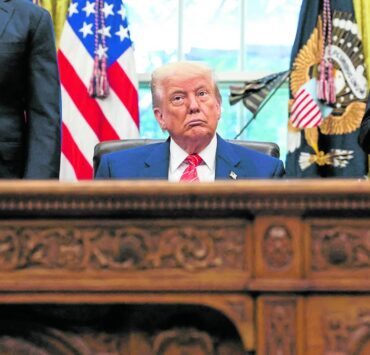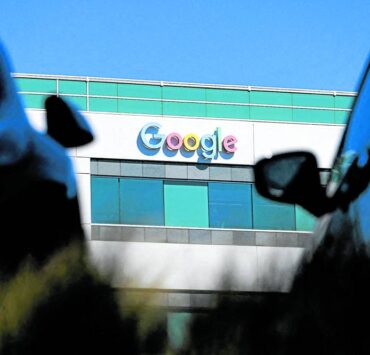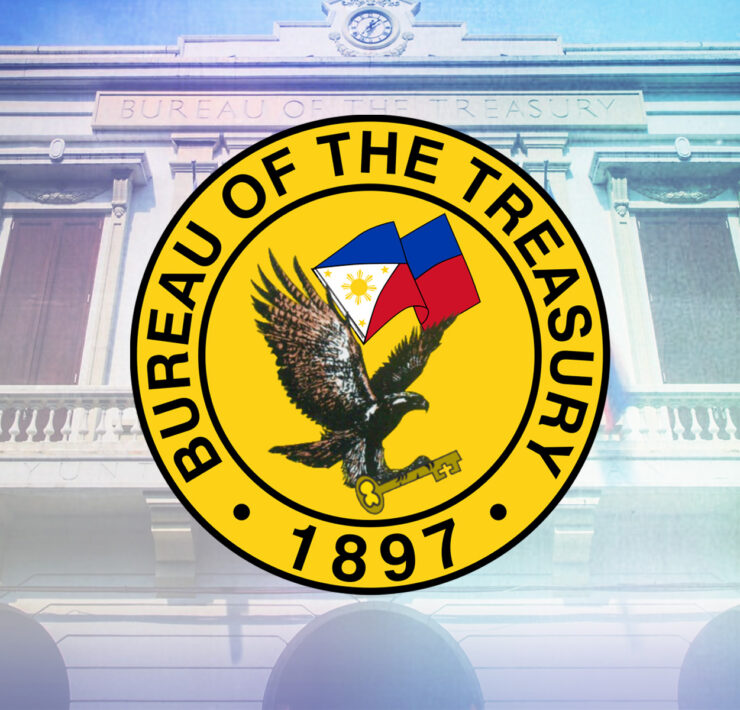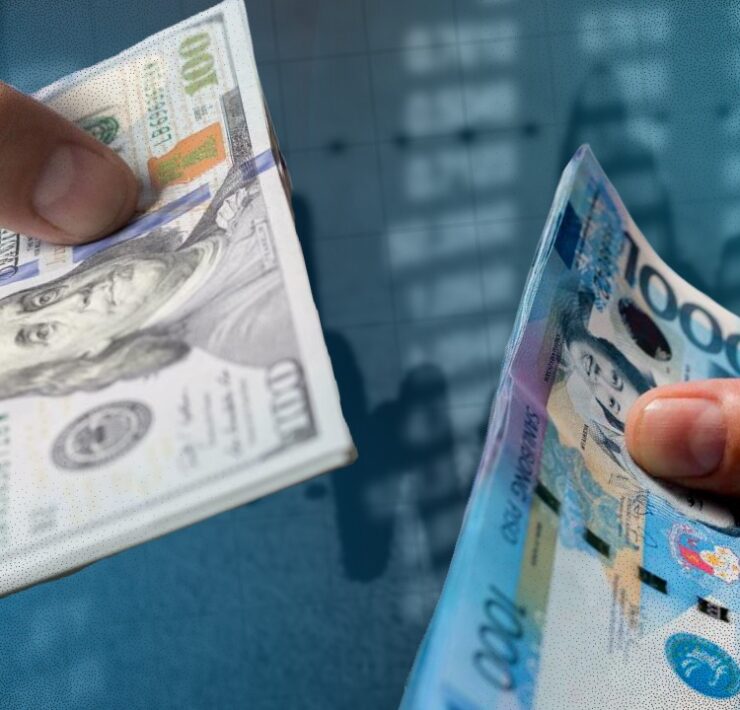China and the US to talk trade war ceasefire, not peace
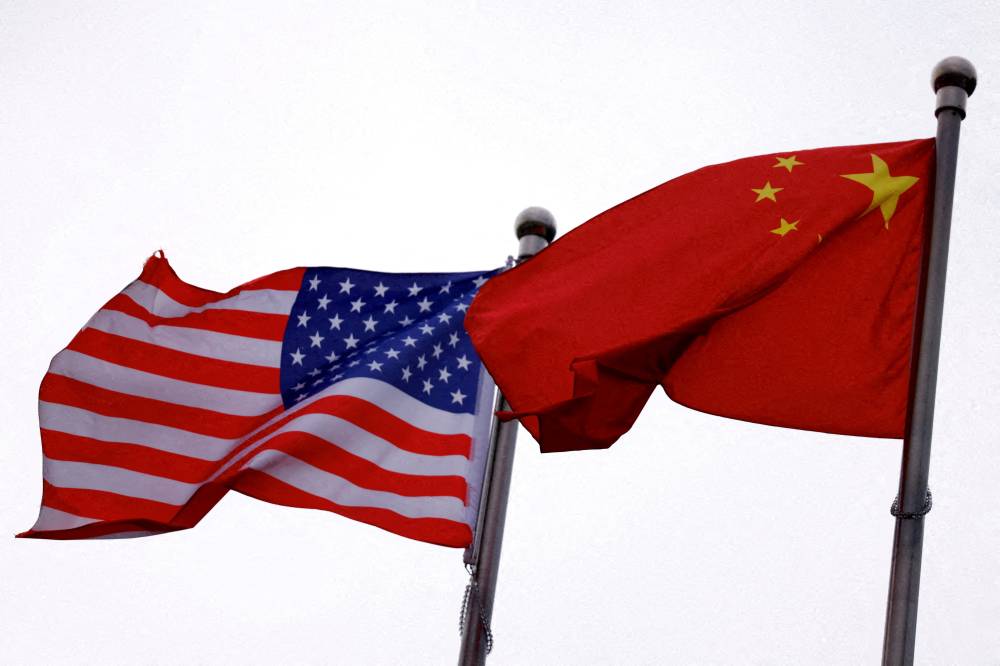
BEIJING/WASHINGTON—China and the United States start their first major Trade War Two meeting on Saturday to pull back from what analysts describe as a lose-lose situation for their economies, without much clarity on what a win would look like for either side.
China is at the epicenter of US President Donald Trump’s global trade war that has roiled financial markets, upended supply chains and fueled risks of a sharp worldwide economic downturn.
Washington wants to reduce its trade deficit with Beijing and convince China to renounce what the US says is a mercantilist economic model and contribute more to global consumption, which would imply, among other things, painful domestic reforms.
Beijing resists any outside interference with its development path as it sees industrial and technological advancement as crucial to avoid the middle income trap.
It wants Washington to remove tariffs, specify what it wants China to buy more of, and be treated as equals on the global stage.
The two sides seem much further apart and at greater risk of a major fallout than during their first trade war in Trump’s previous term.
And as US Treasury Secretary Scott Bessent and chief trade negotiator Jamieson Greer meet China’s economic tsar He Lifeng in Switzerland, none of these outcomes look realistic, analysts say.
The triple-digit, two-way tariffs are not the only point of tension in the weekend talks. Non-trade issues such as fentanyl, tech restrictions and geopolitics including the war in Ukraine are likely to further complicate the path to any resolution to a trade conflict that is disrupting the global economy.
Nontariff issues
Indeed, in an indication of how deeply non-tariff issues are in the mix, China is sending a top public-security official to the talks, a source familiar with the plans said.
“They’re not going to resolve anything this weekend, other than just trying to determine if there’s going to be a process, and what the agenda items will be,” said Scott Kennedy, an expert in Chinese business affairs at the Center for Strategic and International Studies in Washington.
The best-case scenario for financial markets at this early stage would be an agreement to bring down tariffs from an excess of 100 percent—widely seen by markets as a virtual trade embargo—to levels that would allow products to flow each way, but still be hefty on American and Chinese businesses.
Reuters, the news and media division of Thomson Reuters, is the world’s largest multimedia news provider, reaching billions of people worldwide every day. Reuters provides business, financial, national and international news to professionals via desktop terminals, the world's media organizations, industry events and directly to consumers.




